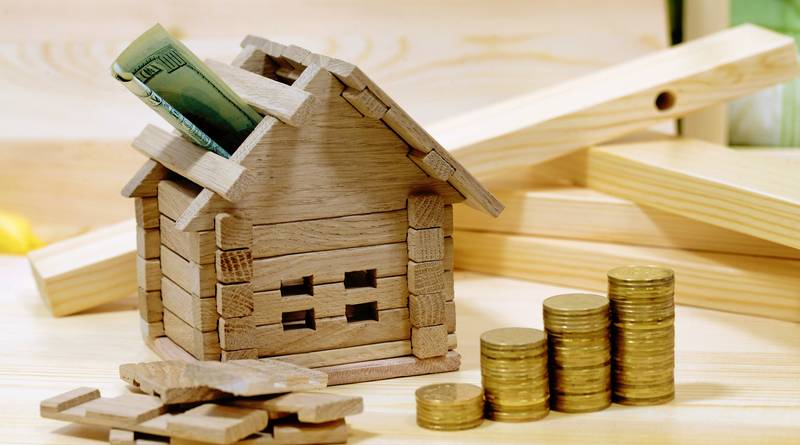Appropriate pricing and efficient processes are key to growing builder profit margins
Industry standard profits are usually around 3% to 6%, according to Jim Weigel, a Denver-based consultant with Builder Partnerships, but he believes that by pricing homes properly, builders can improve that to 12% net or better.
Related: A builder’s model for managing buyers’ expectations
Builders should have a policy to raise prices on homes in a community regularly in small increments, Weigel said in an on-demand webinar hosted by IBSx.
“No one ever hits their target price perfectly, and buyers really know how to smell out a bargain,” he said.
Pricing strategies should include premium and discount offerings so that better homes and lots that are more valuable to buyers are priced appropriately, he said.
Weigel encourages builders to look at their incentive policies to make sure that they’re not eating into profits. For example, offering discounts on options or upgrades and options where builders already have a good margin and “it’s not as harmful to your overall profit margin.”
Related: How sales tax mistakes hurt contractors’ bottom lines
Ed Hauck, another consultant with Builder Partnerships, urges builders to look at how they purchase materials and reconsider turnkey pricing. “The best way to get the best pricing is by unitizing your prices,” he said.
Stephen Moore, senior partner at BSB Design, presented strategies to help improve builder profitability.
- Focus on the process. An often overlooked strategy to increase builder profitability is to focus on process instead of product, according to Moore.
“You’re focusing on your process to eliminate waste. You’re measuring everything with a purpose. And the idea is to institutionalize what you’re doing with that individual product, with the entire sequence from start to finish, and working on the efficiency of how you deliver that,” Moore said.
- Finish planning before starting work. Communication is an area where a lot of builders encounter waste, he Moore said. Wasted communication “takes a one-week design process and turns into a month while we’re waiting for everybody to comment back and forth.”
The more information that builders can provide designers before the process starts, the fewer decisions are being made by CAD drafters.
“Our CAD drafters, in the industry overall, are knowledgeable about how to run a computer and how to put lines into a box. They may or may not know how to build a house, and they certainly don’t know how you want your houses done.”
Involving estimating and purchasing staff as early in the process as possible can help catch design elements that don’t meet cost targets, he added.
- Collaborate and confirm buy-in throughout the process. Builders should include all relevant parties as early as is appropriate for their role in the process.
“You get their input at the right times because they know what they’re doing and they need to make sure that what you’re doing from a design standpoint meets what your goals are,” he said.
- Collect data and analyze it. Builders need to collect data about their projects in order to understand where they’re underperforming. “Which of your plans produced income?” Moore asked. “Your goal is to limit the wasters and focus on the winners.” Builders should track information like number of homes sold and closed, the cycle time, hard costs per square foot and profit margin, he suggested, for each plan, community and square footage.

